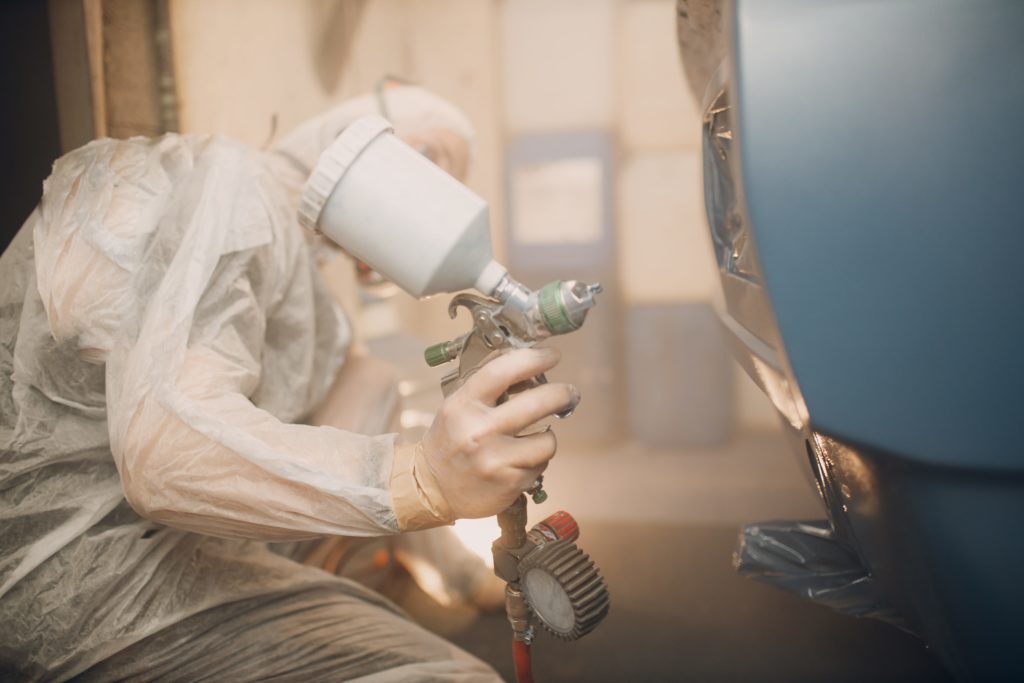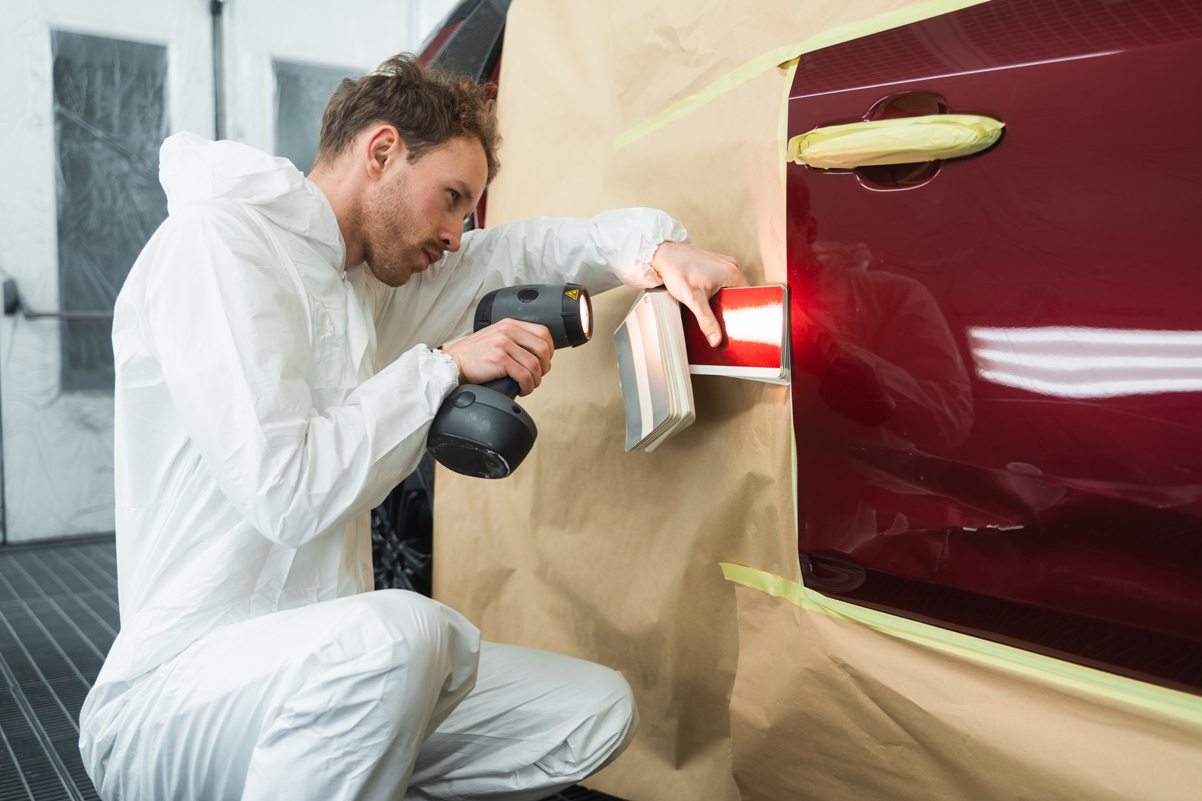Automotive clear coats are an essential component of modern car finishes. They provide a protective layer that not only enhances the appearance of the vehicle but also shields it from various environmental factors. The chemistry behind automotive clear coats is fascinating and plays a crucial role in ensuring the longevity and durability of the car’s paint job.
Clear coats are typically made up of a combination of resins, solvents, and additives. The primary resin used in clear coats is polyurethane, which is known for its excellent durability and resistance to UV radiation. Polyurethane resins are formed by the reaction of disocyanates with polyols, resulting in a polymer with a high molecular weight.

The clear coat formulation also includes solvents, which help in the application and drying process. These solvents are responsible for dissolving the resin and other additives, allowing for easy spraying onto the car’s surface. Common solvents used in clear coats include toluene, xylene, and butyl acetate.
To enhance the performance of the clear coat, various additives are incorporated into the formulation. One crucial additive is a cross-linking agent, which helps the polyurethane resin molecules bond together, forming a strong and durable film. Cross-linking agents are typically isocyanates, which react with the hydroxyl groups present in the polyurethane resin, creating a three-dimensional network of interconnected polymer chains.
Another important additive is a UV absorber or stabilizer. Clear coats are exposed to sunlight, which contains harmful UV radiation that can degrade the paint and cause fading. UV absorbers help prevent this degradation by absorbing the UV radiation and dissipating it as heat, thus protecting the underlying layers of paint.
Additionally, clear coats may contain leveling agents, which help in achieving a smooth and even surface. These agents reduce the surface tension of the clear coat, allowing it to flow and self-level, resulting in a glossy and uniform finish.

The chemistry behind automotive clear coats also involves the curing process. After application, the clear coat needs to cure or harden to form a durable and protective film. Curing can occur through various mechanisms, such as air drying, thermal curing, or UV curing. Air drying involves the evaporation of solvents, leaving behind a solid film. Thermal curing involves the application of heat, which accelerates the cross-linking reaction between the resin and the cross-linking agent. UV curing utilizes UV light to initiate a photochemical reaction, leading to the formation of a hardened film.
In conclusion, the chemistry behind automotive clear coats is a complex and intricate process. The combination of polyurethane resins, solvents, additives, and curing mechanisms ensures that the clear coat provides a protective layer that enhances the appearance of the vehicle while safeguarding it from environmental factors. Understanding the chemistry behind clear coats is crucial for the automotive industry to develop advanced and long-lasting finishes for cars.




